Pandemic dampens spirits in Agra on World Tourism Day
Amid the growing socio-economic uncertainties and health concerns due to the Covid-19 pandemic, a new tourist season has begun in Agra - the Taj Mahal city - but without the fervour and hopes of a revival of the hospitality industry
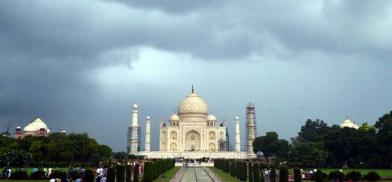
Amid the growing socio-economic uncertainties and health concerns due to the Covid-19 pandemic, a new tourist season has begun in Agra - the Taj Mahal city - but without the fervour and hopes of a revival of the hospitality industry.
The customary celebrations on the World Tourism Day are missing, though after a long break, the Mughal monuments including the Taj Mahal and the Agra Fort are now open to tourists.
Hoteliers in the city are hoping for a turnaround in late October, if air connectivity and train mobility normalise. "Right now the international traffic is negligent. Over a dozen five-star hotels in the city depend on the international clientele. The bookings continue to remain dismal," founder president of Agra Hotels and Restaurants Association Surendra Sharma told IANS.
Agra is India's star tourist destination with three world heritage monuments, the Taj, Agra Fort and Fatehpur Sikri, and a dozen other monuments. With the Chambal ravines for adventure, the 101 Shiva temples in a row in Bateshwar, the Sri Krishna-Radha Leela-Bhoomi in Mathura, just 50 kilometres away, Agra attracts close to 10 million visitors annually. The two expressways linking Agra to Lucknow and Noida, have helped boost tourism in the past few years.
The six-month closure of monuments due to the pandemic has proved a healing time, offering much-needed respite to the ageing structures. A lot of maintenance and repair work was done by the Archaeological Survey of India during this period. Even hotels in the city used the forced holiday to streamline facilities and add to their attractions.
"Surely, we see a major benefit and chance of a big leap in the post-pandemic era, once effective medicines or vaccines become available," hopes tourist guide Ved Gautam. Already there has been a huge loss of revenue which different sectors estimate to be around Rs 3,000 crore.
The handicrafts sector, the hotels, travel trade, guides and photographers, restaurants along with the ASI and the Agra Development Authority which used to collect more than Rs 100 crore from ticket sales, have all lost heavily due to the pandemic, says Amit Sisodia of Agra Beats.
Adding to the continuing agony, the widespread grouse that the political leadership has been unfair to Agra by not acceding to longstanding demands like an international airport and air connectivity with all major metros in India, dampens the enthusiasm of the tourism sector.
"Smaller cities have regular flights but not India's number one tourist destination," says Anil Sharma, who has been spearheading a movement for an international airport at Agra for a long time.
The Supreme Court has so far not been able to decide whether Agra could be declared a heritage city, though a vision document was presented to the apex court two years ago.
"This has created uncertainty as hotels can neither expand nor open new units in the city because of the ad hoc moratorium on industries and expansion of existing units. Then there are a number of categories of industries, which add to the confusion and uncertainty," says Agra Development Foundation Secretary K.C. Jain.
Tourism industry leaders blame the local political leadership which does not have the vision or the will to push through a set of reforms that could catapult Agra among the front rankers.
"Even with three world heritage monuments, Agra has not been able to significantly increase the number of visitors. And those who visit often make brief trips. The Yamuna Expressway has made it easier for tourists to return the same day to Delhi," Rakesh Chauhan, President of the Agra Hotels and Restaurants Association, told IANS.
"We need a comprehensive action plan for tourism development for the whole Braj region that includes Mathura, Vrindavan, Bateshwar and several important sites of religious importance," adds Sandeep Arora, a hotelier of Taj Ganj.
Apart from rejuvenating the lifeline of Agra, the Yamuna river along whose banks the Mughal monuments stand majestically, there is a need for promoting other monuments in the area. For far too long tourism has remained Taj-centric.
(IANS)



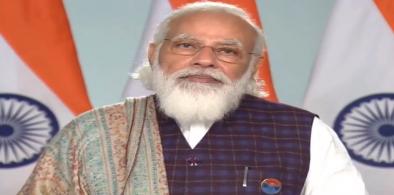
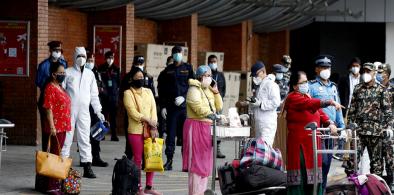
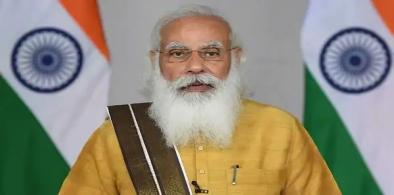


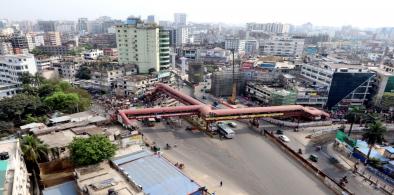
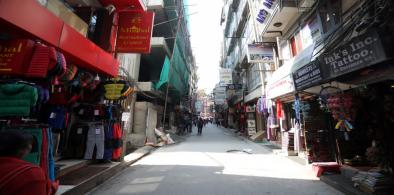







Post a Comment